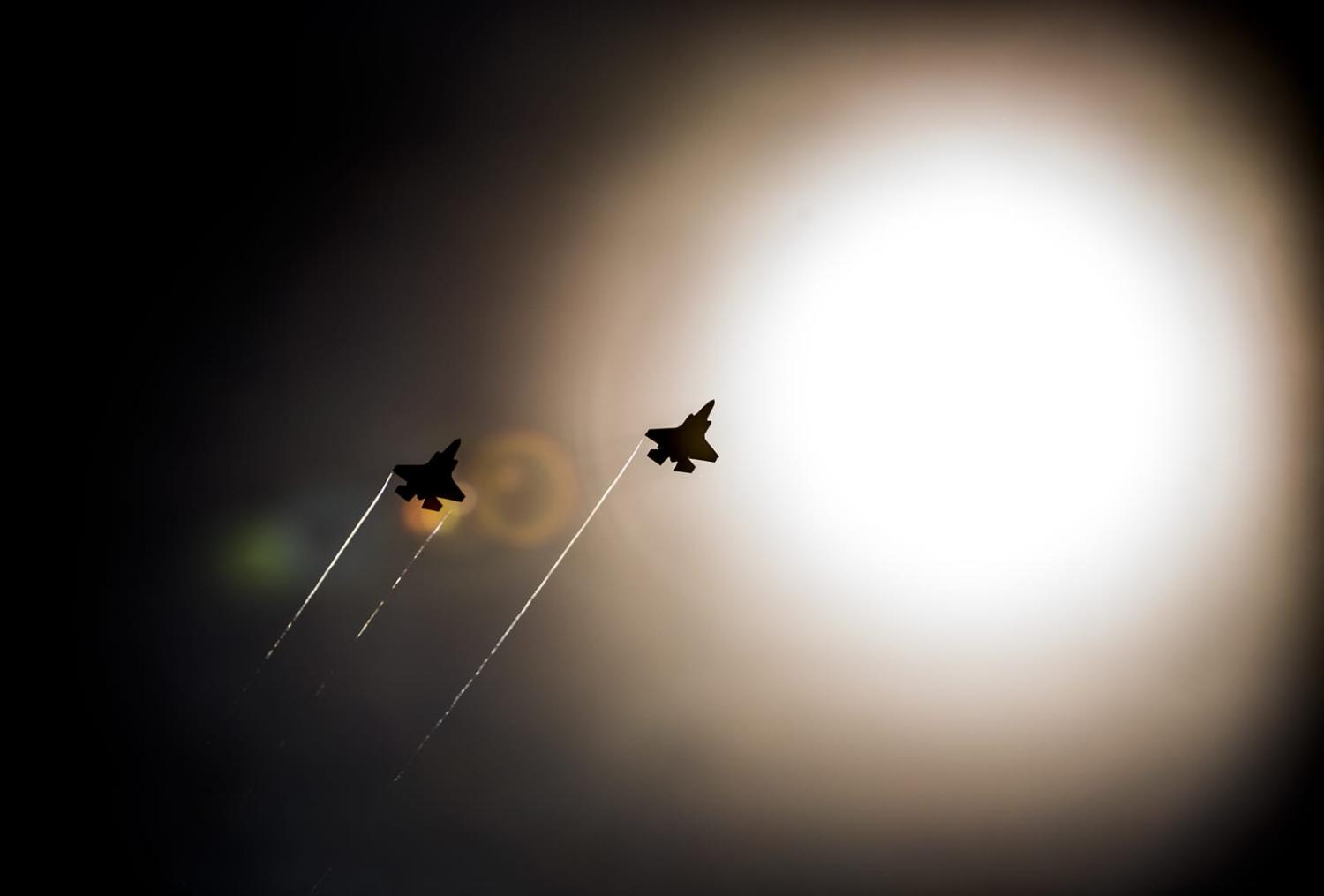With Australia this week making further big announcements about its military budget, it comes as defence spending in Asia is also set to grow in the next few years.
In Northeast Asia, South Korea is expected to invest US$73.5 billion in defence spending from 2024 to 2028. Japan broke its defence spending record in 2024 with a budget of US$55.9 billion, aiming to push its annual spending to US$62.5 billion by 2027.
Several Southeast Asian nations have also increased their defence expenditure. Indonesia announced a US$125 billion modernisation plan, while Singapore, the biggest Southeast Asian defence spender, revealed additional acquisition of the expensive and advanced F-35 combat aircraft from the United States.
The biggest defence spender across Asia is China, with the IISS Military Balance 2024 assessing Beijing’s spending on defence comprising 43% of Asia’s, having seen an annual increment for 29 consecutive years.
Does China’s higher defence spending affect the military balance in Asia? How can the region’s military balance be measured accurately?
The most common approach in assessing military balance is to compare the different military forces and their equipment numerically. Quantitative and open-sourced data such as the annually published Military Balance provides a good reference point.
Let’s compare the United States and China’s naval forces. Drawing on quantitative data alone, the military balance has tilted from the United States towards China since 2015. According to the 2024 Congressional Research Service Report on China’s naval modernisation, China has more principal combatants – submarines, surface combatants including aircraft carriers, destroyers and frigates, and amphibious ships – than the United States (328 vs 289).
While numbers may be essential to measure military balance, quality plays a significant role, too. A smaller but better-skilled military outfit with superior armaments and technology could overcome a larger adversary. Take the 1967 Arab-Israeli War. Israel’s superiority in training, military doctrine, and equipment readiness overcame the combined Arab forces’ numerical advantage as the latter suffered a humiliating defeat within six days.
In Asia, China’s numerical naval advantage may mean little if the United States possesses a qualitative edge. For example, the United States Navy has a larger capacity than China’s to launch cruise missiles. A study shows that while numerically the United States fleet is smaller when compared to China’s, it has more than 9,000 vertical missile launch cells compared to the 1,000 in the Chinese fleet – meaning that the Americans could cause more damage to the Chinese than the other way around.
Moreover, the Americans have an edge over the Chinese in operational experience, with real combat experience. It remains to be seen if the Chinese aircraft carrier group can perform effectively in wartime conditions as the Americans.
Nevertheless, China is working hard to erode the United States’ qualitative edge in the maritime domain. Its “anti-access/areas-denial” strategy through the deployment of various missiles and air and sea-based anti-submarine capabilities may deter the United States from assisting Taiwan in any potential military conflict across the Taiwan Straits.
The third metric is the area of responsibility, referred to as AOR. Being seen as a global policeman, Washington has to spread its naval forces to deal with issues across the globe. Shortly after Hamas launched attacks on Israel on 7 October, the US deployed two carrier strike groups into the Mediterranean. This was followed by additional deployment of naval assets to deal with the Houthis attacks on ships near the Red Sea. On the other hand, China remains focused on the Indo-Pacific region.
Given Washington’s larger AOR, it is conceivable that the United States will unlikely be able to shift a substantial portion of its naval fleet to deal exclusively with any threat from China in a war scenario, especially if there is another conflict in another part of the world, such as a potential Iran-Israel war, that requires Washington’s attention.
The last metric is what I termed the Network of Partners (NOP), formal or otherwise. Solely comparing one state against another may not provide an accurate picture of the military balance between them, given that one party could draw resources from its allies or like-minded partners during a conflict to tilt the balance in its favour.
According to Lowy Institute’s Asia Power Index, the United States has an extensive advantage over China in terms of its alliance network. Washington has formal defence partners in Asia – Australia, Japan, South Korea, the Philippines, and Thailand – with the first four more likely to provide material assistance and access to their military bases in the event of a China-United States military conflict. Fellow NATO members – Britain, Canada, and France – have stepped up their maritime presence in Asia, and Washington could potentially draw on their support.
The United States can also access military bases outside its formal partners, such as Singapore’s Changi Naval Base, which was designed to accommodate American aircraft carriers.
Furthermore, the United States Navy has a high level of interoperability with these partners, and their combined capabilities “dwarf any competitor”.
There is a fog of complex variables obscuring the actual military balance in Asia. Unfortunately, in the event of war, this fog will only be lifted after the first shot has been fired.

